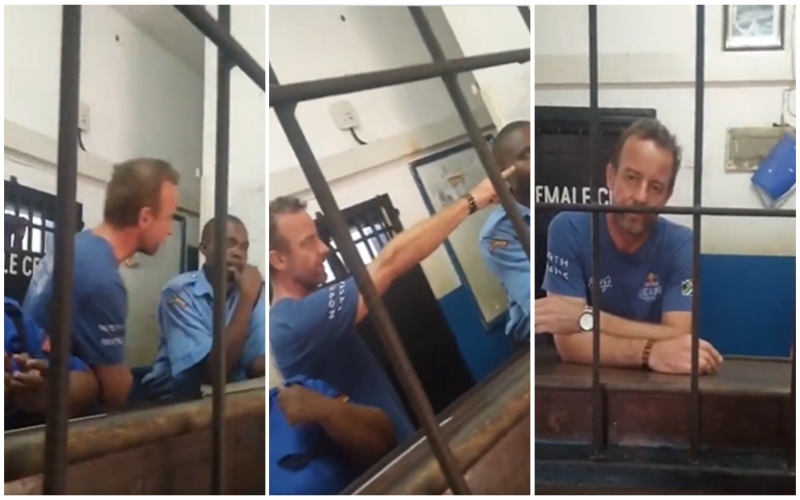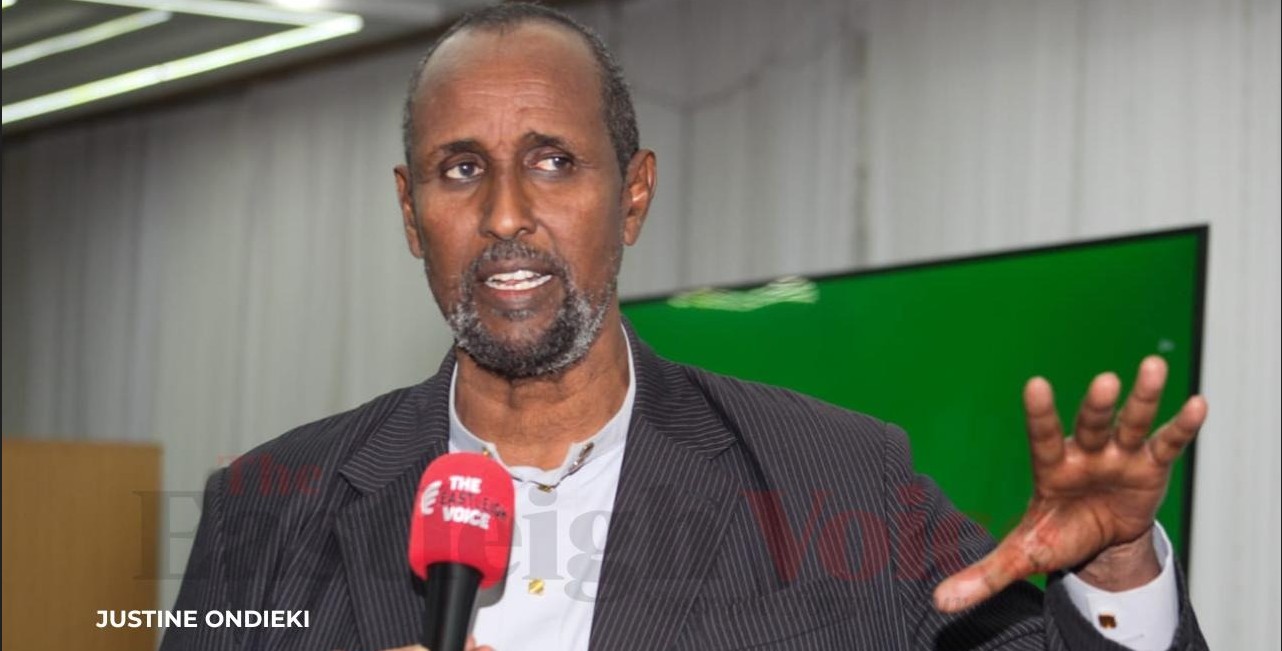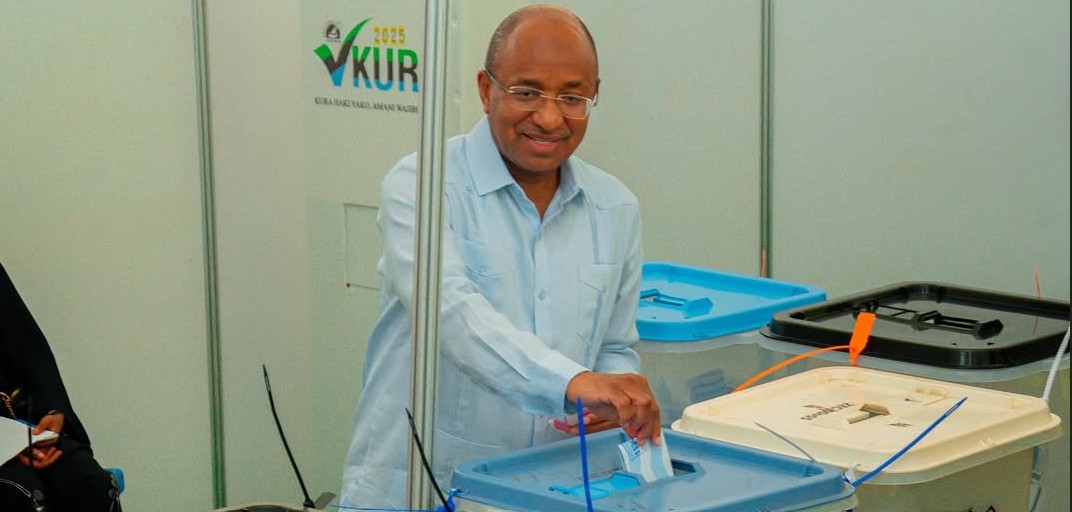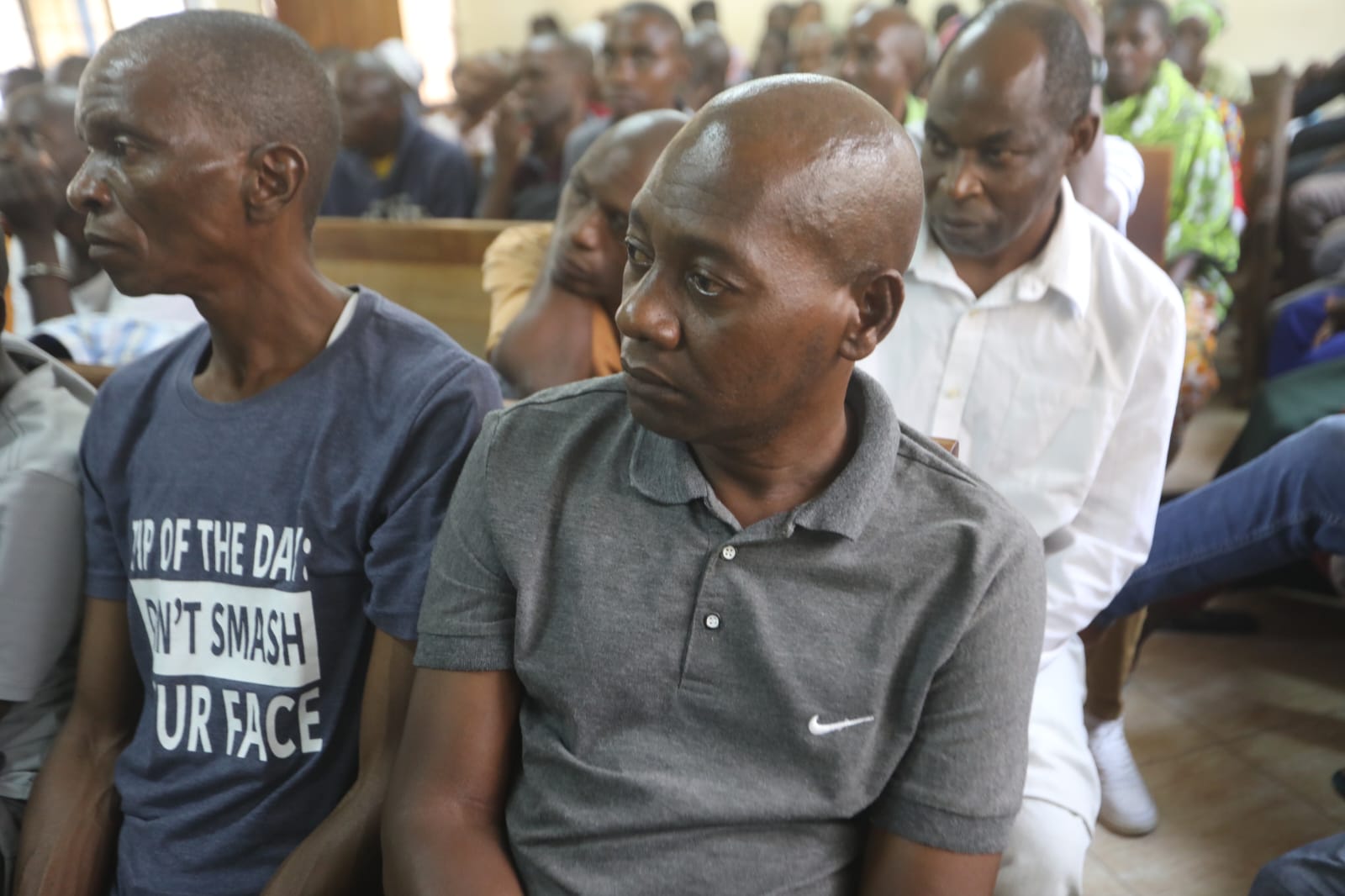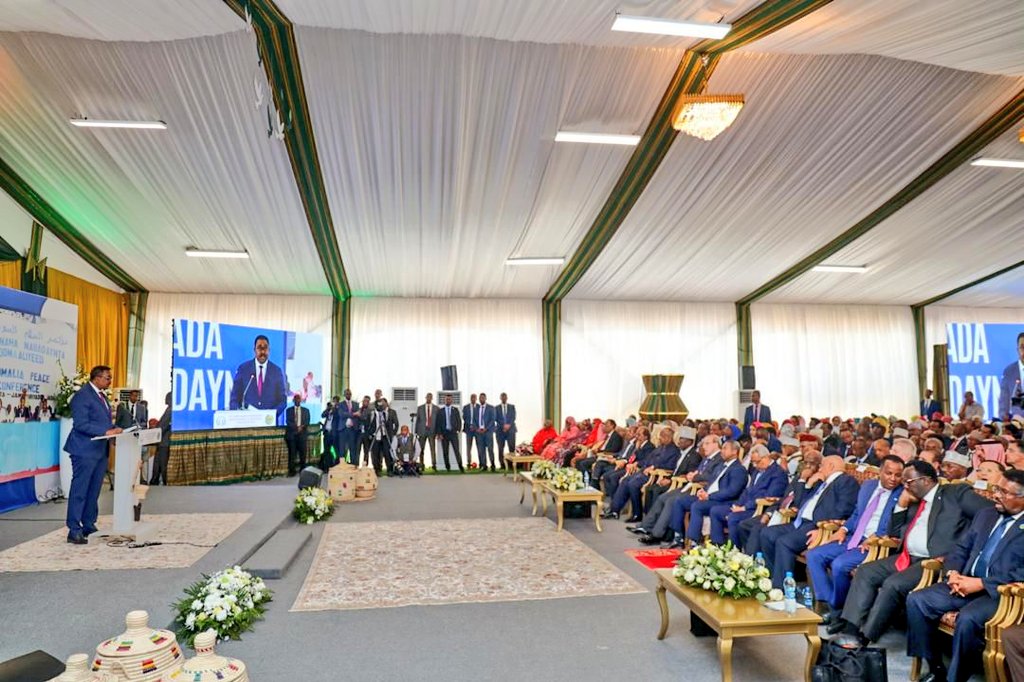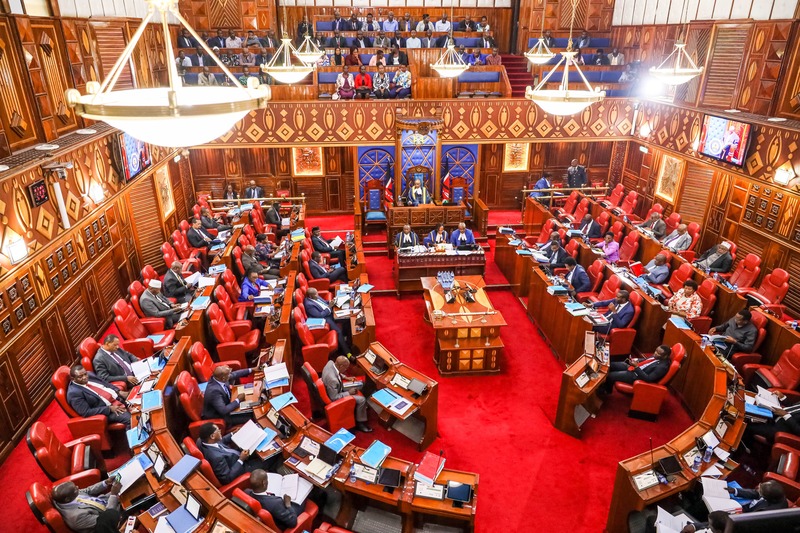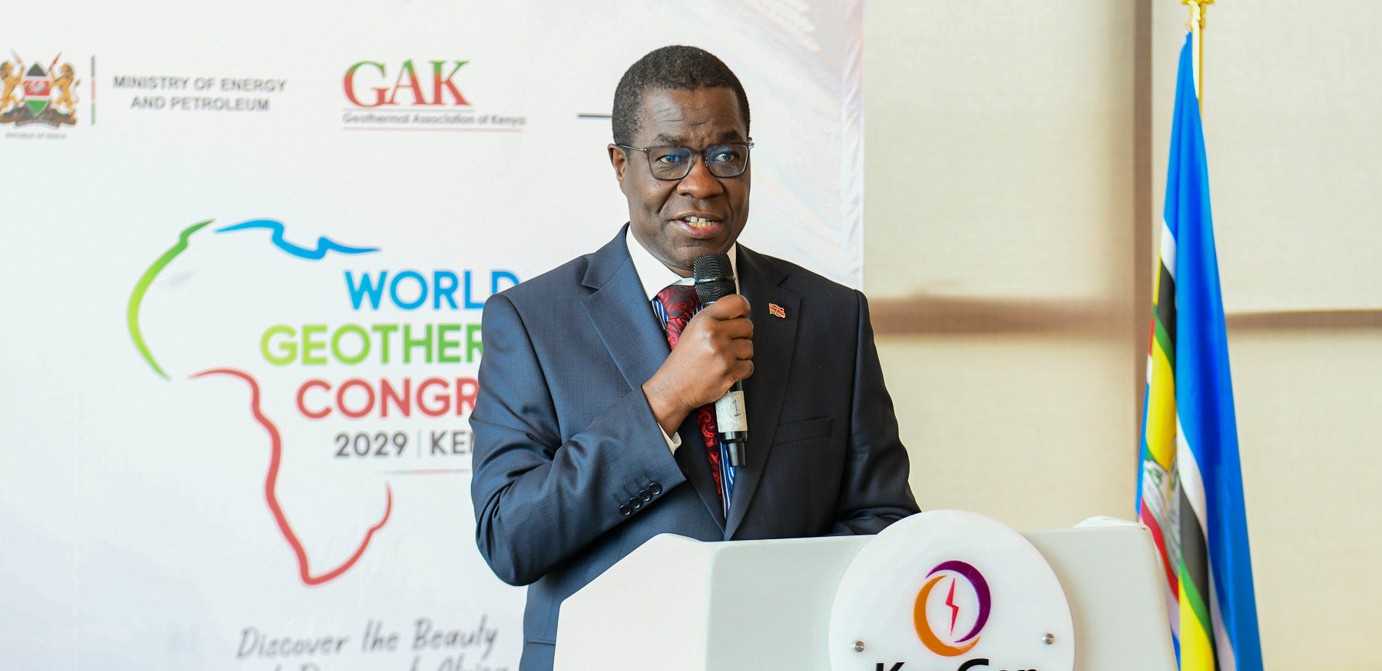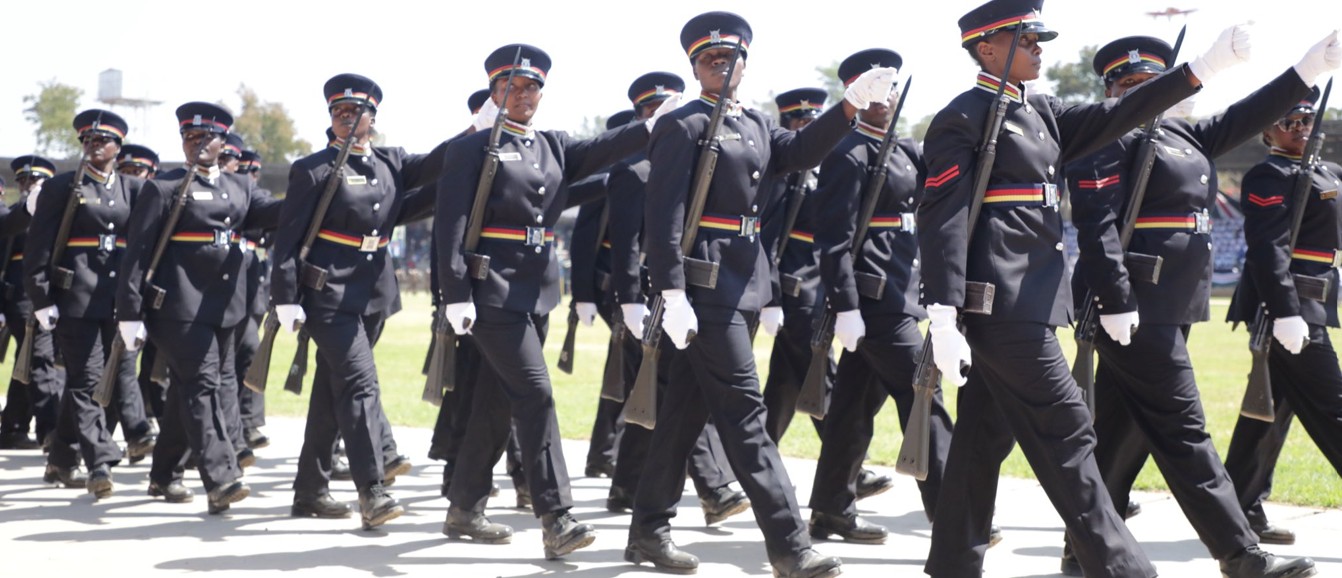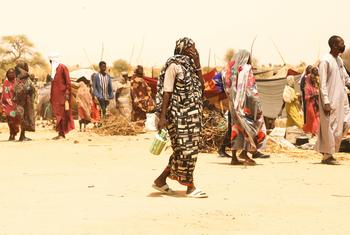Humanitarian agency appeals for Sh2.1 billion to aid 2.1 million Kenyans facing floods, drought
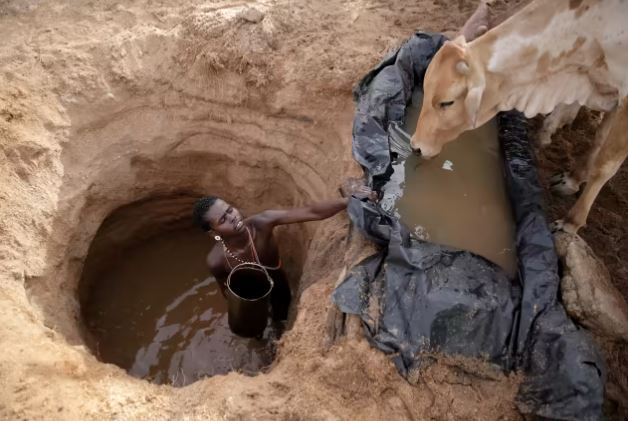
The IFRC said Kenya is facing a worsening humanitarian crisis triggered by a “complex combination” of climate shocks that have overwhelmed local response capacities.
The International Federation of Red Cross and Red Crescent Societies (IFRC) has appealed for urgent international support to assist 2.1 million Kenyans affected by severe flooding, prolonged drought and disease outbreaks.
IFRC said at least 15 million Swiss Francs (approximately Sh2.125 billion) is required to provide emergency shelter, food, healthcare, water and sanitation services and support for livelihoods in the hardest-hit regions.
More To Read
- Three missing as boat capsizes during East Africa Ocean Festival in Mombasa
- Garissa launches massive blood drive to save lives, targets 3,000 residents
- Hundreds seek refuge in Mandera after clashes in Bula Hawa, Somalia
- Ruto appoints veteran humanitarian Abbas Gullet as chair of KNH board
- State launches direct relief for drought-stricken families amid food scarcity
- Fire erupts at Embakasi Girls Secondary School in Mukuru, no injuries reported so far
In a statement on Thursday, the IFRC said Kenya is facing a worsening humanitarian crisis triggered by a “complex combination” of climate shocks that have overwhelmed local response capacities. The federation warned that the situation is expected to peak in the next two months, calling for global solidarity to avert further suffering.
The IFRC noted that it is working closely with the Kenya Red Cross Society (KRCS), which has been responding on the ground, but said that consecutive emergencies, first prolonged drought, followed by destructive floods, have severely strained both financial and logistical resources.
“The compounded nature of these shocks means vulnerable households have had no time to recover. We urgently need international solidarity to prevent further loss of life,” the federation said in its appeal.
“An emergency appeal for 15 million Swiss Francs enables KRCS to scale up lifesaving and early recovery efforts to 300,000 people across health, nutrition, shelter, water, and livelihoods.”
According to the IFRC, the funds will be used to scale up life-saving interventions in the most affected areas, including emergency shelter, food assistance, healthcare, water and sanitation support and protection of livelihoods.
“This appeal builds on previous DREF operations and strengthens coordination with government authorities and humanitarian partners to ensure aid reaches the most vulnerable communities,” it added.
The IFRC observed that Kenya is currently grappling with severe climate shocks marked by alternating floods and droughts. Following El Niño-induced floods in late 2023 and early 2024, the October–December 2024 short rains failed across the ASAL regions, which constitute about 90 per cent of the country and support nearly 16 million people.
“Kenya’s Arid and Semi-Arid Lands (ASALs) are facing one of the worst droughts in recent years. Failed rains, water scarcity, and livestock deaths have left 2.1 million people at risk of acute food insecurity,” IFRC said.
“Communities already weakened by previous floods are running out of options. At the same time, above-average rainfall in parts of Turkana and the Lake Basin threatens flooding, displacement and waterborne disease outbreaks.”
By early 2025, drought conditions had intensified in several counties, including Wajir, Kilifi and Kwale, which have entered the “Alert” phase of drought.
Forecasts indicate that while ASAL regions will continue experiencing below-average rainfall, areas in Turkana and around the Lake Basin may receive up to 35 per cent above-average rainfall, increasing risks of flooding, displacement and disease outbreaks.
The IFRC cautioned that the unfolding crisis could push up to 2.1 million Kenyans into Integrated Food Security Phase Classification (IPC) Phase 3 (Crisis) or worse.
“An estimated 1.8 million people need urgent food assistance (IPC Phase 3 or higher), and this is expected to rise to 2.1 million by early 2026,” the humanitarian agency said.
“Within this group, 179,000 people are already in IPC Phase 4 (Emergency), mainly in Baringo, Mandera, Marsabit and Turkana.”
The report further noted that over 740,000 children under the age of five are acutely malnourished, including 178,938 with Severe Acute Malnutrition (SAM) and 562,946 with Moderate Acute Malnutrition (MAM). Another 109,462 pregnant and lactating women also require immediate nutritional and health support.
Water scarcity has forced families to walk long distances in search of water as rivers and water pans dry up, while livestock deaths have further reduced household incomes and food security. The spread of diseases such as cholera, Rift Valley Fever, and brucellosis has also compounded health risks, particularly in remote areas where funding shortfalls have disrupted immunisation, nutrition, and healthcare services.
Cholera outbreaks have resurged, with Narok County reporting 55 suspected cases, six confirmed and five deaths, representing a case fatality rate of 9.1 per cent. The crisis has been further worsened by protection risks such as gender based violence and early marriages as desperate families adopt negative coping mechanisms.
Despite the challenges, the Kenya Red Cross Society said it remains on the frontlines, providing food, clean water, healthcare, shelter and hygiene support to vulnerable families. With about 700 staff and over 262,000 volunteers across 47 branches, KRCS said it continues to reach communities in need, although its resources are rapidly running out.
The IFRC said the appeal outlines priority interventions across key sectors aimed at saving lives and restoring dignity for affected communities. The areas of support include water, sanitation and hygiene, food security and livelihoods, health and nutrition, protection and inclusion and shelter for displaced families.
Under the water, sanitation, and hygiene component, the IFRC plans to repair and solarise boreholes, truck water to affected areas and distribute hygiene kits to help prevent disease outbreaks.
To strengthen food security and livelihoods, the federation intends to expand cash transfer programmes, distribute drought-tolerant seeds, provide livestock fodder and enhance emergency food and nutrition assistance.
In the health and nutrition sector, mobile health teams will be deployed to treat acute malnutrition cases and provide psychosocial support, particularly to vulnerable households and children.
The appeal also prioritises protection and inclusion by ensuring fair and safe access to humanitarian assistance and strengthening community feedback and accountability mechanisms.
Additionally, the federation aims to assist displaced families by providing temporary shelters and essential household items to help them rebuild their lives.
The IFRC emphasised that immediate international assistance is critical to prevent further loss of life and strengthen resilience among Kenya’s most vulnerable populations.
Top Stories Today
